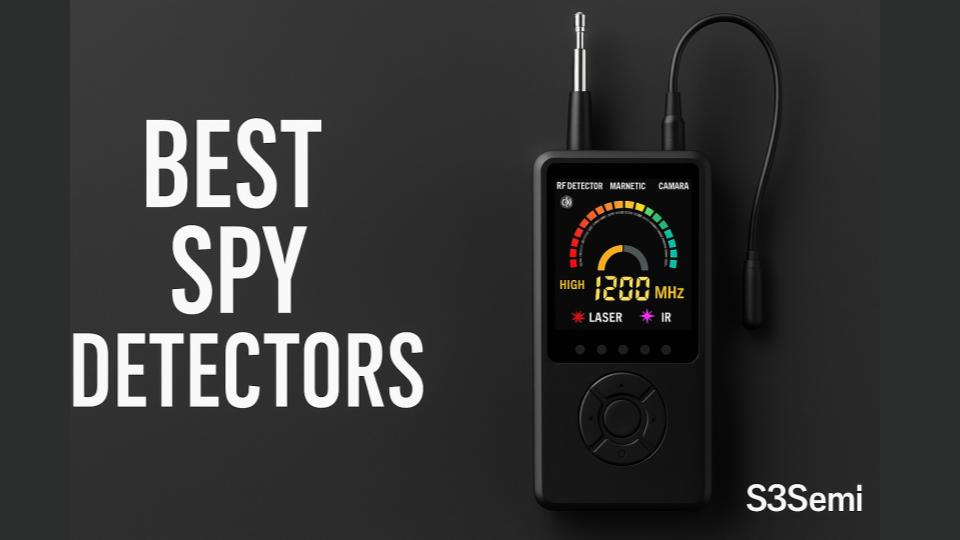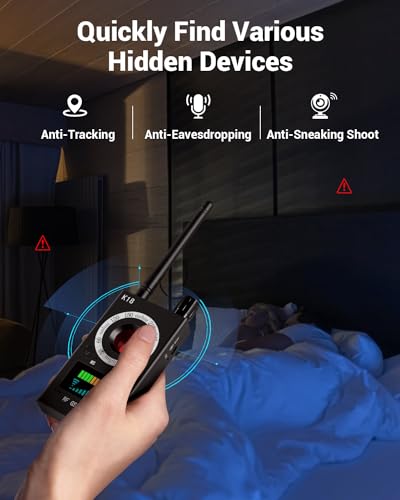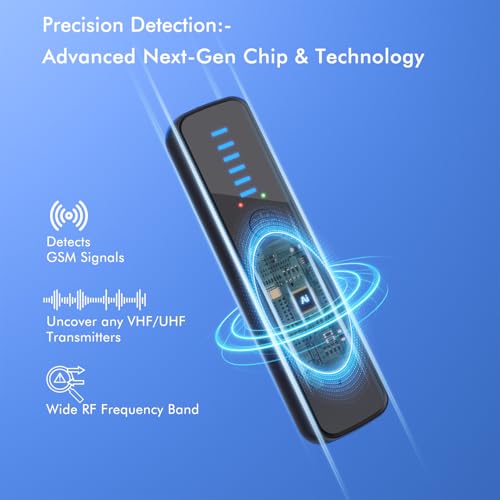🕵️ I’ve been in the TSCM business for over a decade, and I can tell you this — most people don’t realize they’re being watched until it’s too late. I’ve walked into corporate boardrooms, luxury hotel suites, and even private homes that looked perfectly secure… until my equipment started lighting up like a Christmas tree.
One case still sticks with me. A CEO had called me in for what he thought was a “routine sweep” of his home office. Within 15 minutes, I found a hidden wireless microphone disguised inside a desk lamp. It was transmitting live audio to a receiver parked just down the street.
The client was shocked. For me, it was just another day at work — but it reinforced how important the right tools are for protecting privacy.
That’s where spy detectors come in.
🔍 What Is a Spy Detector?
A spy detector is essentially your first line of defense against unwanted surveillance. In my world, that means a device that can help track down:
- Hidden cameras (both wired and wireless)
- Listening devices (RF bugs, GSM transmitters)
- GPS trackers (on vehicles or personal belongings)
- Infrared or laser-based surveillance systems
The better the detector, the faster I can isolate a threat and neutralize it.
⚙️ How Spy Detectors Work in the Field
When I’m on a sweep, I don’t rely on a single detection method — neither should you. A solid spy detector will use a combination of:
- RF Scanning – I sweep through radio frequencies to catch any live transmissions.
- Magnetic Field Detection – This helps find GPS trackers hidden in vehicles or inside objects.
- Infrared Lens Detection – I use this to spot camera lenses, even in total darkness.
- Non-Linear Junction Detection (NLJD) – This is my ace in the hole. It can detect electronics even if they’re powered off.
🛠️ Features I Look For in a Detector
When you’re doing this for a living, you become picky about your gear. Here’s what I demand from my spy detectors:
Wide Frequency Range
If a device can’t scan from a few MHz up to at least 10 GHz, I’m not interested — you’ll miss too much.
Adjustable Sensitivity
When you’re zeroing in on a signal, the ability to dial sensitivity up or down is essential.
Long Battery Life
The last thing I want is my detector dying halfway through a sweep.
Portability
Most of my jobs involve travel. My gear needs to fit in a small case without compromising capability.
Camera Lens Detection Mode
If I’m checking an Airbnb or hotel room, this is non-negotiable.
🏆 My Recommended Spy Detectors for 2025
Here’s what I use or recommend, depending on the job:
DiscoverIt DefCon DD1206
- Covers up to 12 GHz
- Handles both analog and digital threats
- Comprehensive Signal Detection: GSM, Bluetooth, Wi‑Fi, and RF signals using a 16‑segment bar graph indicator that offers a wide dynamic range. It supports four operational modes: silent, sound, vibration, and mixed.
- 🔍💲Check Price on Amazon
Hidden Camera Detector
- Upgraded AI-Powered Detection
- Easy for non-technical users
- Handy backup tool in my kit
- 🔍💲Check Price on Amazon
🛡️ Field Tips from a TSCM Professional
- Sweep more than once – Some devices only transmit periodically to avoid detection.
- Control your environment – Turn off phones, Wi-Fi, and Bluetooth to minimize interference.
- Pair tools with experience – A detector is only as good as the person using it.
- Check unexpected spots – I’ve found bugs in smoke detectors, USB chargers, and even coffee makers.
📌 Final Thoughts
For me, spy detection isn’t just about gadgets — it’s about peace of mind. Whether you’re a corporate executive, journalist, or just someone who values their privacy, having the right spy detector can mean the difference between safety and exposure.
After years in the field, I can tell you this: if you think you might be under surveillance, don’t wait to find out the hard way. Get a quality detector, learn how to use it, and make sweeps part of your routine. Your privacy is worth it.







